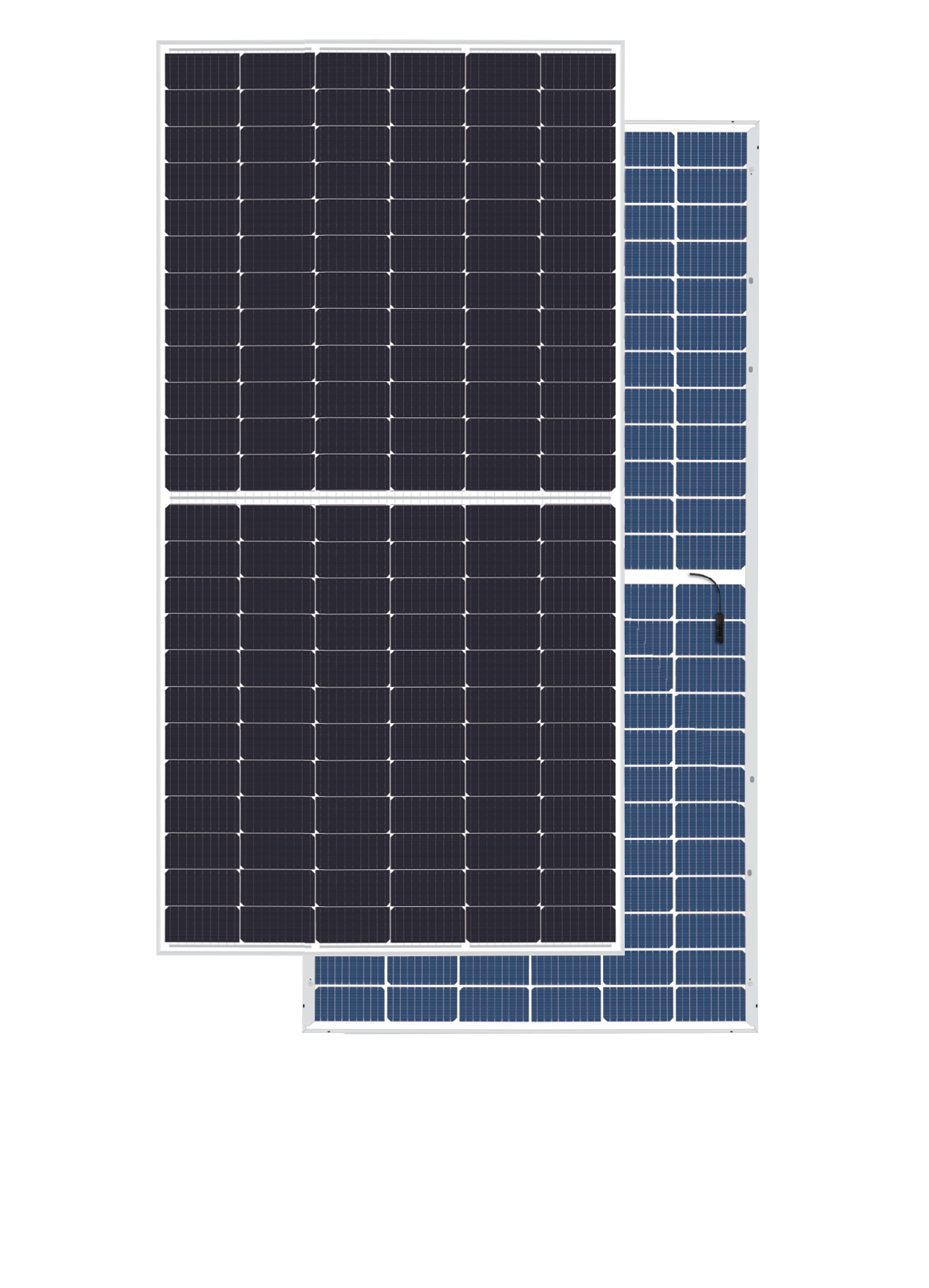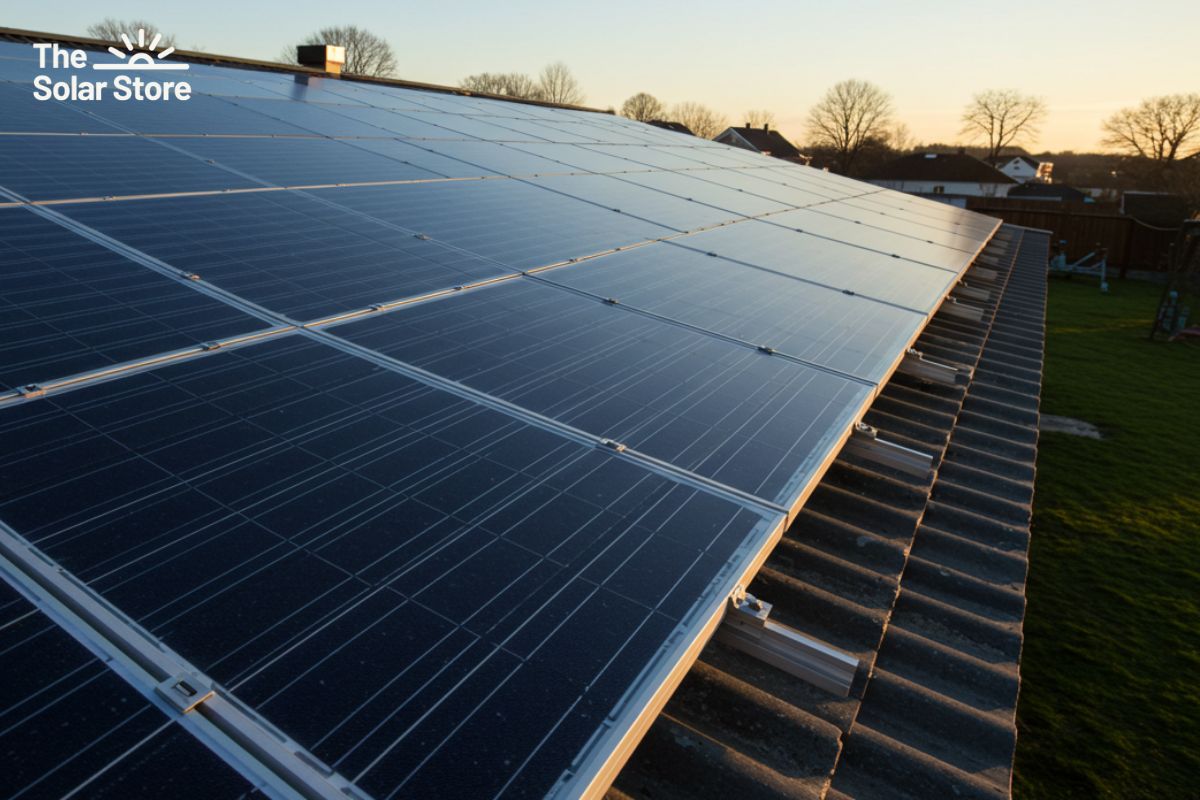Do you need a solar panel that combines a high conversion rate of about 20% with better performance? Then consider monocrystalline panels.
These panels use silicon that has been grown into a single crystal. If you have a limited space on the roof or mounting ground, they serve best.
One of the things you have to worry about is the cost of getting monocrystalline panels and installing them. The price depends on a few factors.
Since we sell thousands of these units at The Solar Store, we are aware of the current market rates for monocrystalline solar panels. In the following sections of this post, we provide a breakdown of the cost and what you can expect to pay.
How Much Does a Monocrystalline Solar System Cost?

The monocrystalline solar panels in our inventory cost between $23 and $344 for a single panel. The exact price depends on
-
The model chosen
-
Wattage (W)
-
Voltage (V) capacity
For example, models like the SLD Tech (Solarland) with 5W and 6V cost only $28 per kit. But it’s limited to providing energy for cameras, motion sensors, and alarm systems.
Higher-end monocrystalline solar panels of the same SLD Tech (Solarland), but with 200W and 12V cost $344. It has a higher capacity to power remote cabins, security systems, and monitoring stations.
However, if you’re looking to invest in a full solar system (monocrystalline), then expect to spend up to $9,395. Of course, there are more high-end systems that cost as much as $38,000.

How Much Will I Save With Monocrystalline Solar Panels?
The typical home uses about 900 kWh of power/month. That’s around $125/month or $1,500/year. If you go solar, most of that cost could disappear.
Monocrystalline panels are made from a single silicon crystal, which allows for better energy conversion than polycrystalline panels. Their high efficiency of 24-26% ensures more sunlight is converted into use.
Let’s use a 6kW solar system, for example. It can power a 2–4 bedroom home, depending on energy use.
You can wipe out 90–100% of your bill depending on battery storage, your panel layout, and energy habits.
Investing in Monocrystalline Solar Panels: ROI and Payback Period
With $1,200 annual savings and $13,000 upfront cost, you can peg the payback time at 10 years and 8 months. Here’s a table putting things into better perspective:
Long-term Savings on Monocrystalline Solar Panels
|
Metric |
Value |
|
Monthly bill now |
~$125 |
|
Monthly bill after solar |
~$0–$20 |
|
Annual savings |
$1,200–$1,800 |
|
Total savings in 25 years |
$30,000–$50,000+ |
Get a Personalized Estimate
If you want a personalized estimate, you can contact our experts or email us. That way, you can supply your average monthly power bill, roof orientation, daily power usage, and budget.
We will recommend the best monocrystalline solar system for your situation and how much you’ll be saving in the long term with such an investment. If you’re working on a large-scale project as an installer, you can use our Get Free Quote form.
Monocrystalline vs. Polycrystalline: Cost Comparison

Since polycrystalline solar panels are made by melting many fragments of silicon together into one panel, they are more affordable. But not as efficient as monocrystalline panels.
The most economically friendly decision on which one to choose depends on your power needs and living conditions.
For example, a 5 kW system using monocrystalline panels might only need 300–350 square feet of roof space, while the same system using polycrystalline panels may need 400+ square feet.
Cost Difference
Polycrystalline costs $0.65 to $1.00 per watt in 2025, whereas monocrystalline costs $0.85 to $1.30. For mono, that is a 20–30% premium.
While they may be cheaper, polycrystalline panels are a better value for money only in these situations:
-
Rural homes with plenty of roof space
-
People looking for lower upfront costs
-
Moderate climates with lots of direct sunlight
Think about a farm building with a large roof area. It could save money by installing poly panels and still meet all its energy needs.
Which One Is Better Overall?
We prepared this table to serve as a checklist if you’re torn between both options.
|
Situation or need |
Our recommendation |
|
Limited roof space |
Monocrystalline |
|
Maximum efficiency and long-term value |
Monocrystalline |
|
Tight budget with lots of space |
Polycrystalline |
|
Cloudy or low-light environments |
Monocrystalline |
|
Large installation (e.g., solar farms) |
Polycrystalline |
Best Supplier For Monocrystalline Solar Panels: The Solar Store
At The Solar Store, we stock a variety of monocrystalline solar panels, ranging from various wattage and voltage capacities to meet different off-grid solar needs.
Based in Central Oregon, we’ve been pioneers in the renewable energy industry for over 20 years. You can explore our collection of monocrystalline solar panels today.
If you are managing a large-scale project and want to save money, you can also purchase bulk solar panels through our pallet packages.



